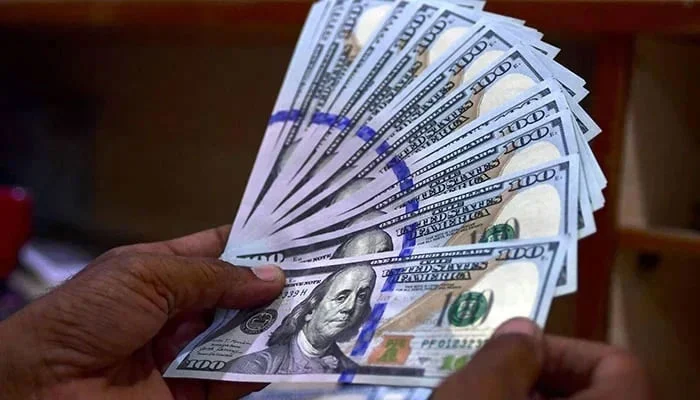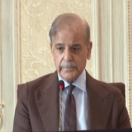Published in DAWN on January 18, 2022
THE hefty growth in remittances from Pakistanis living abroad continues to defy forecasts to the contrary. New State Bank data shows that remittances have surged by 11.3pc to an all-time high of $15.8bn in the first half of the present fiscal to December from a year ago. Many anticipate these transfers to grow to above $31bn by the end of the fiscal should the current thrust sustain. This is a good sign for the economy since remittances are the biggest source of foreign exchange earnings for Pakistan — significantly higher than export inflows — and help finance the trade deficit that has soared by over 106pc to $25.5bn in the first half of the ongoing fiscal. The country had received $29.4bn in remittances in the last financial year, up by 27pc from the previous fiscal. “Proactive policy measures by the government and SBP to incentivise the use of formal channels and altruistic transfers to Pakistan amid pandemic have positively contributed towards sustained inflows of remittances since 2020,” the bank said last week. Multiple factors — disruptions to international travel due to Covid restrictions, a crackdown on hundi and hawala as part of the FATF mandate, ease of money transfer through banks and, last but not the least, massive rupee depreciation — have encouraged overseas Pakistanis to use formal banking channels to send cash to their families since the Covid outbreak. Part of the remittances is also flowing in through RDA deposits for utility bill payments, transfers to rupee accounts, etc.
The present growth momentum notwithstanding, some remain sceptical about its sustainability. Their concerns stem from the fact that considerably large amounts of cash are still being brought into the country through informal channels. The increase in the premium on informal transfers from Dubai because of the surging gap between the inter-bank and market rates of dollars on the back of SBP checks on dollar purchases from the open market is a big incentive for overseas workers. Moreover, the recent growth in remittances is driven by Pakistanis living in the US, UK and other Western countries. Transfers from Saudi Arabia and the UAE, the two countries that still are the source of the bulk of remittances, are stagnating. Once the virus is contained and travel reopens, inward remittances could decline or stagnate. Given external-sector vulnerabilities, even a small dip in remittances will increase Islamabad’s reliance on loans to finance the deteriorating current account deficit unless measures are taken to preserve the remittance growth momentum.





